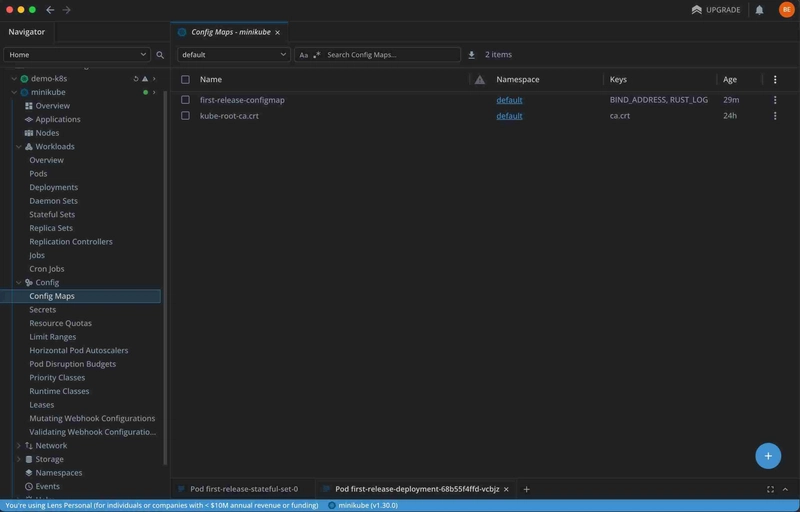Elevate Your Software: The Importance of Coding Best Practices
Abstract: This comprehensive post explores the significance of coding best practices in modern software development. We discuss code readability, consistent coding standards, robust documentation, testing methodologies, version control, sustainable development, and open source collaboration. With detailed background context, core feature analysis, practical examples, and future outlooks, we unpack how adhering to these practices not only enhances code quality but also promotes long-term sustainability and innovation. By integrating known best practices—like the KISS principle and PEP 8 guidelines—and linking to key resources, this article presents a holistic view for developers, project managers, and open source contributors. Introduction In today’s fast-paced digital ecosystem, software quality is paramount. Coding best practices serve as a blueprint for developers to produce clean, efficient, and maintainable code. Following a standardized approach improves team collaboration and establishes a foundation for scalable projects. Whether you are a solo developer or part of a large development team, integrating these practices into your workflow can be transformative. In this post, we dissect the core tenets of coding best practices, providing insights and examples that underline their relevance in modern software development. Background and Context Software development has evolved significantly over the decades. Early coding efforts often lacked the guidelines necessary for clarity and maintainability. With the emergence of collaborative development environments and open source communities, the focus shifted toward creating code that is not only functional but also comprehensible to peers. Key historical milestones include: The development of style guides like PEP 8 for Python that laid down formatting and naming conventions. The introduction of automated code linters, based on early tools like Lint, which helped standardize code quality. The rise of version control systems like Git, revolutionizing collaboration and project management. These advancements reflect a growing consensus on the importance of teamwork and adherence to standardized practices for software longevity. Open source projects, in particular, have thrived by embracing best practices—enabling contributions from diverse developers worldwide and solidifying the link between code quality and project success. Core Concepts and Features Coding best practices encompass several key areas. Below is a table summarizing some of the most critical concepts and their benefits: Best Practice Description Key Benefit Code Readability Use clear, meaningful names; maintain simplicity as per the KISS principle. Easier comprehension and maintainability. Consistent Coding Standards Apply style guides like PEP 8 to ensure uniform formatting. Reduced cognitive load and fewer errors. Effective Comments & Documentation Explain the "why" behind code logic without cluttering the code; maintain API guides such as those on MDN. Improved knowledge transfer and onboarding. Testing & Debugging Use frameworks like JUnit and pytest to build reliable code. Faster bug detection and enhanced software reliability. Version Control Master systems like Git and adopt efficient branching strategies. Enhanced collaboration and project tracking. Sustainable Software Development Adopt practices that ensure the codebase remains robust over time, even as technologies evolve. Long-term maintainability and adaptability. Bullet List of Key Best Practices Benefits: Enhanced Collaboration: Standardized conventions make it easier for teams to work together across diverse projects. Increased Maintainability: Readable and well-documented code is easier to maintain and update. Bug Reduction: Early testing and debugging frameworks help catch issues early, saving time and resources. Future-Proofing: Sustainable software development practices ensure that the project remains viable as technology evolves. Adhering to these guidelines not only improves immediate project outcomes but also paves the way for continuous improvement and scalability in future development endeavors. Applications and Use Cases Coding best practices are not theoretical—they have real-world applications that directly impact software success. Here are a few practical examples: Enterprise-Scale Applications: Large organizations often maintain codebases with multiple contributors. By standardizing code with tools like linters and using version control effectively, companies reduce integration challenges and ensure smooth collaborations. The principles discussed here are integral to maintaining high-quality software in complex project environments. Open Source Projects: Open source communities thrive on transparent, well-documented code. Projects available on platforms like GitHub benefit from clear contribution guidelines, consiste

Abstract:
This comprehensive post explores the significance of coding best practices in modern software development. We discuss code readability, consistent coding standards, robust documentation, testing methodologies, version control, sustainable development, and open source collaboration. With detailed background context, core feature analysis, practical examples, and future outlooks, we unpack how adhering to these practices not only enhances code quality but also promotes long-term sustainability and innovation. By integrating known best practices—like the KISS principle and PEP 8 guidelines—and linking to key resources, this article presents a holistic view for developers, project managers, and open source contributors.
Introduction
In today’s fast-paced digital ecosystem, software quality is paramount. Coding best practices serve as a blueprint for developers to produce clean, efficient, and maintainable code. Following a standardized approach improves team collaboration and establishes a foundation for scalable projects. Whether you are a solo developer or part of a large development team, integrating these practices into your workflow can be transformative. In this post, we dissect the core tenets of coding best practices, providing insights and examples that underline their relevance in modern software development.
Background and Context
Software development has evolved significantly over the decades. Early coding efforts often lacked the guidelines necessary for clarity and maintainability. With the emergence of collaborative development environments and open source communities, the focus shifted toward creating code that is not only functional but also comprehensible to peers.
Key historical milestones include:
- The development of style guides like PEP 8 for Python that laid down formatting and naming conventions.
- The introduction of automated code linters, based on early tools like Lint, which helped standardize code quality.
- The rise of version control systems like Git, revolutionizing collaboration and project management.
These advancements reflect a growing consensus on the importance of teamwork and adherence to standardized practices for software longevity. Open source projects, in particular, have thrived by embracing best practices—enabling contributions from diverse developers worldwide and solidifying the link between code quality and project success.
Core Concepts and Features
Coding best practices encompass several key areas. Below is a table summarizing some of the most critical concepts and their benefits:
| Best Practice | Description | Key Benefit |
|---|---|---|
| Code Readability | Use clear, meaningful names; maintain simplicity as per the KISS principle. | Easier comprehension and maintainability. |
| Consistent Coding Standards | Apply style guides like PEP 8 to ensure uniform formatting. | Reduced cognitive load and fewer errors. |
| Effective Comments & Documentation | Explain the "why" behind code logic without cluttering the code; maintain API guides such as those on MDN. | Improved knowledge transfer and onboarding. |
| Testing & Debugging | Use frameworks like JUnit and pytest to build reliable code. | Faster bug detection and enhanced software reliability. |
| Version Control | Master systems like Git and adopt efficient branching strategies. | Enhanced collaboration and project tracking. |
| Sustainable Software Development | Adopt practices that ensure the codebase remains robust over time, even as technologies evolve. | Long-term maintainability and adaptability. |
Bullet List of Key Best Practices Benefits:
- Enhanced Collaboration: Standardized conventions make it easier for teams to work together across diverse projects.
- Increased Maintainability: Readable and well-documented code is easier to maintain and update.
- Bug Reduction: Early testing and debugging frameworks help catch issues early, saving time and resources.
- Future-Proofing: Sustainable software development practices ensure that the project remains viable as technology evolves.
Adhering to these guidelines not only improves immediate project outcomes but also paves the way for continuous improvement and scalability in future development endeavors.
Applications and Use Cases
Coding best practices are not theoretical—they have real-world applications that directly impact software success. Here are a few practical examples:
Enterprise-Scale Applications:
Large organizations often maintain codebases with multiple contributors. By standardizing code with tools like linters and using version control effectively, companies reduce integration challenges and ensure smooth collaborations. The principles discussed here are integral to maintaining high-quality software in complex project environments.Open Source Projects:
Open source communities thrive on transparent, well-documented code. Projects available on platforms like GitHub benefit from clear contribution guidelines, consistent style, and thorough documentation. These practices improve community engagement and facilitate innovations, as seen in projects exploring open source development funding.Agile and Rapid Prototyping:
For startups and agile teams, speed without sacrificing quality is critical. Testing frameworks, code reviews, and clear commenting systems allow quick iterations while still maintaining a high standard of code quality. This approach has been successfully adopted by many small development teams that rely on streamlined workflows and continuous refinement.
Challenges and Limitations
Despite the myriad benefits, adopting coding best practices is not without challenges:
Initial Overhead:
New teams or projects might face a learning curve when establishing coding standards and documentation practices. The initial time investment can be significant before the long-term benefits become evident.Resistance to Change:
Veteran developers might rely on legacy code and older practices. Convincing teams to transition to standardized methods may meet with resistance. Effective change management and clear communication of benefits are essential.Tool Integration Issues:
Integrating tools such as linters, version control pipelines, and testing frameworks into an existing workflow can be technically challenging. Development teams must invest in proper training and infrastructure to fully leverage these tools.Diverse Development Environments:
In global teams with varying backgrounds and working styles, maintaining a uniform standard may be complex. It requires ongoing dialogue and updates to the coding standards, ensuring that they evolve with emerging technologies and project needs.
Despite these challenges, many teams find that the benefits—such as improved collaboration, fewer bugs, and enhanced scalability—far outweigh the initial hurdles.
Future Outlook and Innovations
Looking ahead, several trends and innovations are poised to further transform how coding best practices are implemented:
AI-Powered Code Review:
With advancements in AI and machine learning, we can expect intelligent code review systems that automatically detect inconsistencies, suggest improvements, and even predict potential bugs. These systems could work in tandem with traditional linters, further enhancing code quality.Collaborative Development Platforms:
New tools and platforms are emerging that integrate real-time collaboration features, version control, and project management systems seamlessly. This will bolster community-based projects and increase the adoption of best practices in larger ecosystems.Blockchain and Open Source Sustainability:
Concepts like open source funding strategies and software sustainability are gaining traction. Blockchain-enabled tools may revolutionize collaborative funding and rewarding of contributors. In fact, articles like License Token: Empowering Open Source Creators illustrate how innovative funding models can foster open-source projects.DevOps and Continuous Integration/Continuous Deployment (CI/CD):
As DevOps practices evolve, the seamless integration of coding best practices with automated pipelines will become crucial. Improved CI/CD practices ensure that changes are tested, reviewed, and deployed rapidly, further solidifying the role of best practices.Industry Guidelines and Regulations:
With an increasing emphasis on cybersecurity and software ethics, more organizations will likely develop strict industry standards for coding practices. This evolution will lead to more robust guidelines that ensure code security, ethical implications of software design, and regulatory compliance.
The integration of these innovations will not only improve the technical aspects of coding but also reshape the ecosystem by making open source projects more sustainable and financially viable.
Additional Insights from Developer Communities
For further reading and community perspectives, consider exploring the following articles from the developer community:
- Navigating the Open Source Funding Landscape offers insights into how financial support can be sustained through community contributions and sponsorship.
- License Token: A New Dawn in Open Source Funding emphasizes innovative models that bridge the gap between developers and sustainable project funding.
- Mastering Open Source Project Budget Management provides practical tips for managing financial sustainability in open source environments.
These resources complement our discussion and provide further real-world applications of how coders can leverage best practices to create more resilient and innovative software solutions.
Summary
In summary, coding best practices are the cornerstone of developing robust, maintainable, and scalable software. By focusing on code readability, consistent standards, comprehensive documentation, and effective testing, developers can enhance collaboration and ensure long-term project viability. Despite initial challenges, the evolution of tools like AI code review systems, improved CI/CD pipelines, and innovative open source funding strategies indicates a bright future for sustainable software development.
Key takeaways include:
- Readability and simplicity are crucial for ensuring that code can be maintained and extended by others.
- Consistent coding standards help in reducing errors and streamlining the development process.
- Effective documentation and comments provide context that goes beyond mere code functionality, encouraging a culture of transparency and knowledge sharing.
- Robust testing and version control are essential for building reliable software systems that can adapt to change.
- Embracing sustainable practices not only benefits the present but also sets the stage for innovation in the evolving tech landscape.
Through partnerships and community engagement, such as those discussed on platforms like GitHub Sponsors, the practice of open source funding and innovative project management is gaining momentum. This synergy between quality coding practices and sustainable development fuels innovation and democratizes software creation.
Final Thoughts
Adopting coding best practices is more than a technical requirement—it is a commitment to excellence, sustainability, and collaboration. As we move toward a future where technology continues to accelerate, the importance of a strong and clear coding culture cannot be overstated. By investing in these principles today, developers and organizations can ensure that their software not only meets current standards but also evolves gracefully with the ever-changing digital landscape.
For more detailed insights on coding best practices, you can explore the original article here. Embracing these guidelines is a small step for individual developers but a giant leap toward innovative, robust software that stands the test of time.
Stay tuned and keep coding smartly!










































































































































































![[The AI Show Episode 144]: ChatGPT’s New Memory, Shopify CEO’s Leaked “AI First” Memo, Google Cloud Next Releases, o3 and o4-mini Coming Soon & Llama 4’s Rocky Launch](https://www.marketingaiinstitute.com/hubfs/ep%20144%20cover.png)



















































































































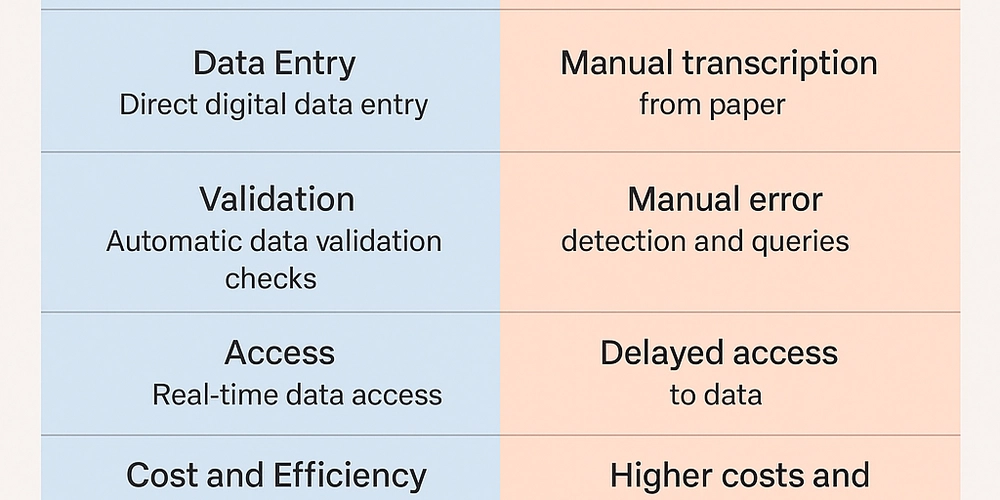
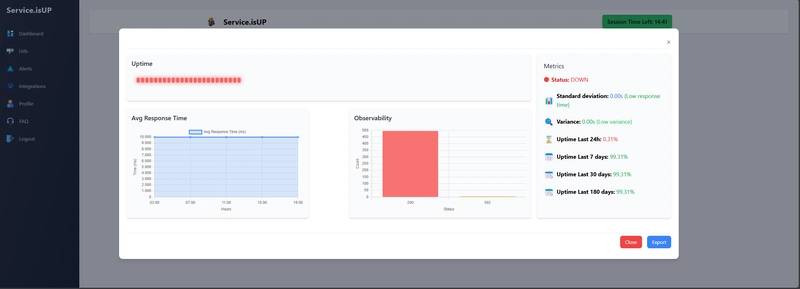













![[DEALS] Sterling Stock Picker: Lifetime Subscription (85% off) & Other Deals Up To 98% Off – Offers End Soon!](https://www.javacodegeeks.com/wp-content/uploads/2012/12/jcg-logo.jpg)
















































.jpg?#)






























































































_NicoElNino_Alamy.png?width=1280&auto=webp&quality=80&disable=upscale#)




















































































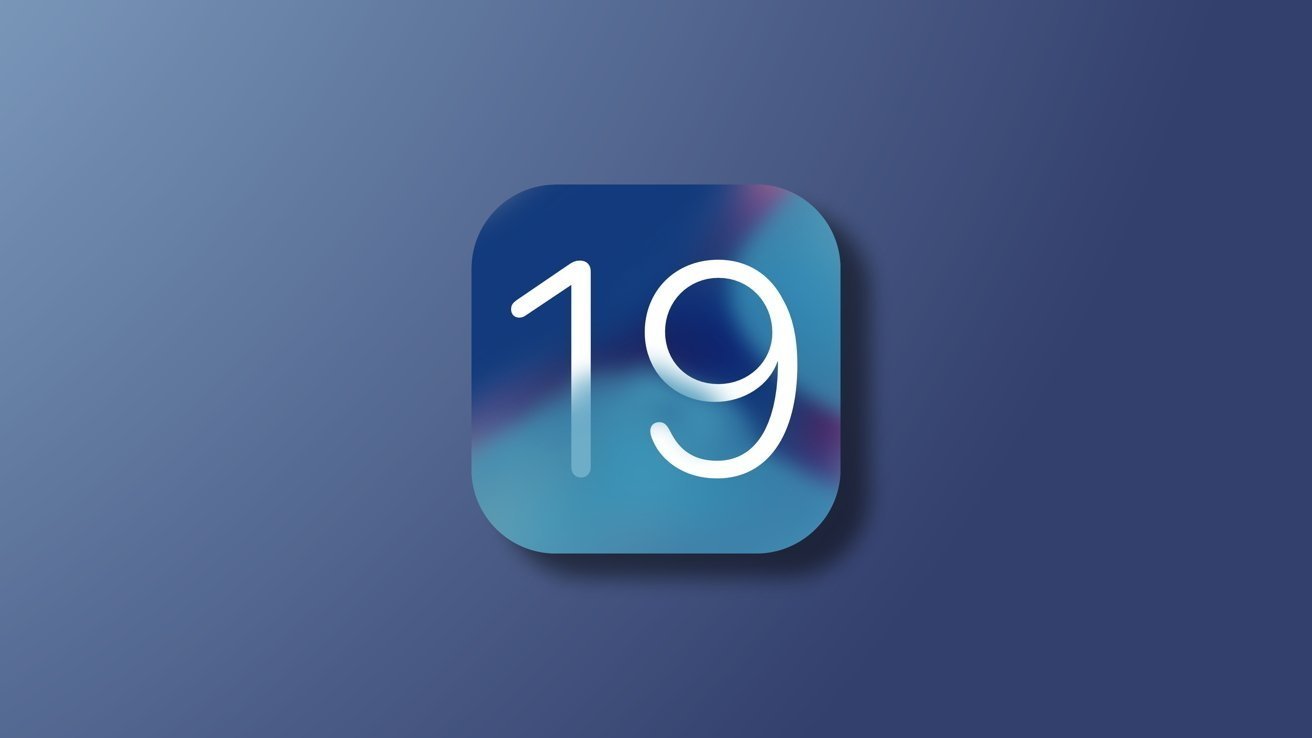




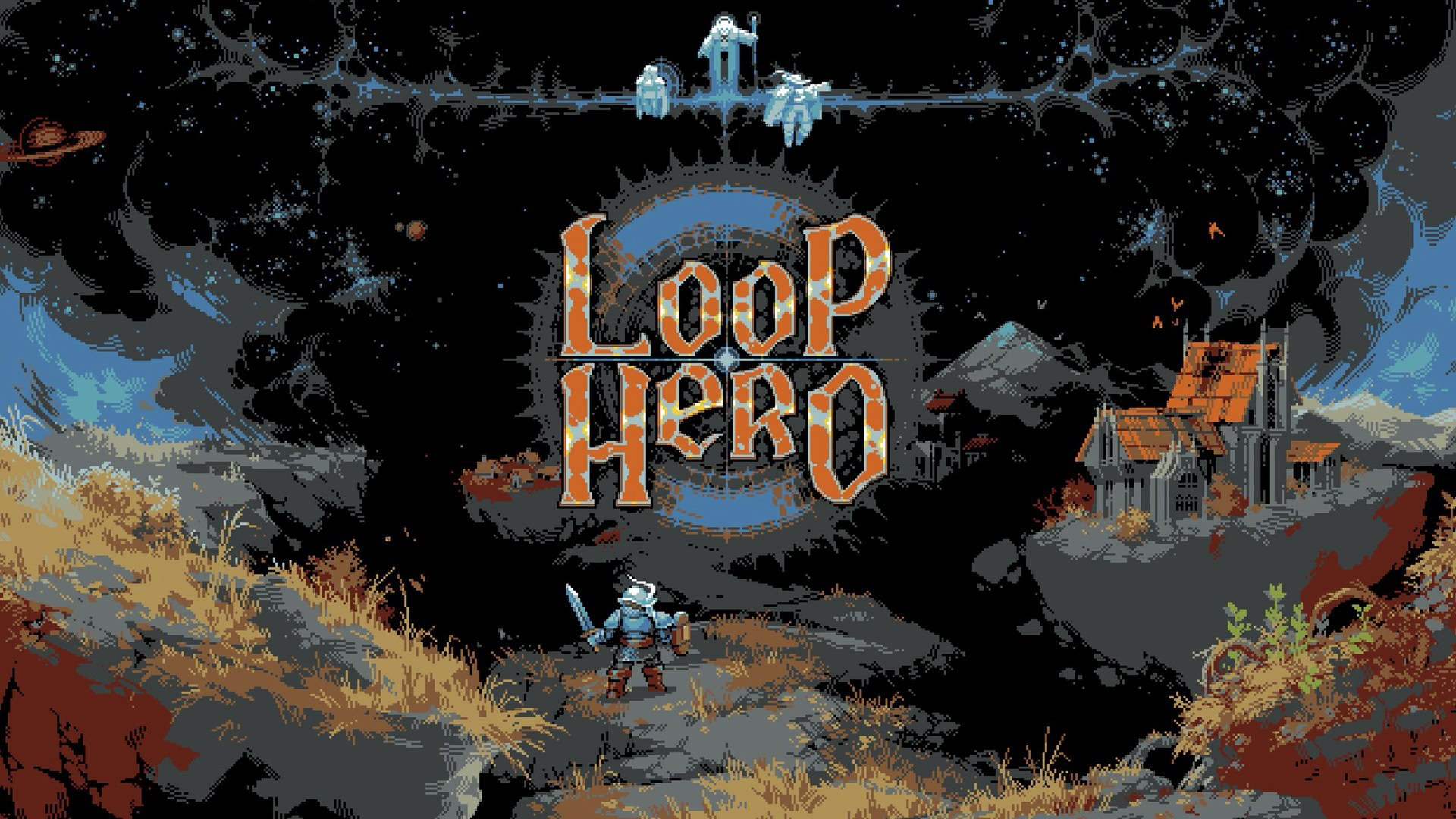



















![Apple Shares New Ad for iPhone 16: 'Trust Issues' [Video]](https://www.iclarified.com/images/news/97125/97125/97125-640.jpg)

![At Least Three iPhone 17 Models to Feature 12GB RAM [Kuo]](https://www.iclarified.com/images/news/97122/97122/97122-640.jpg)



































































































































